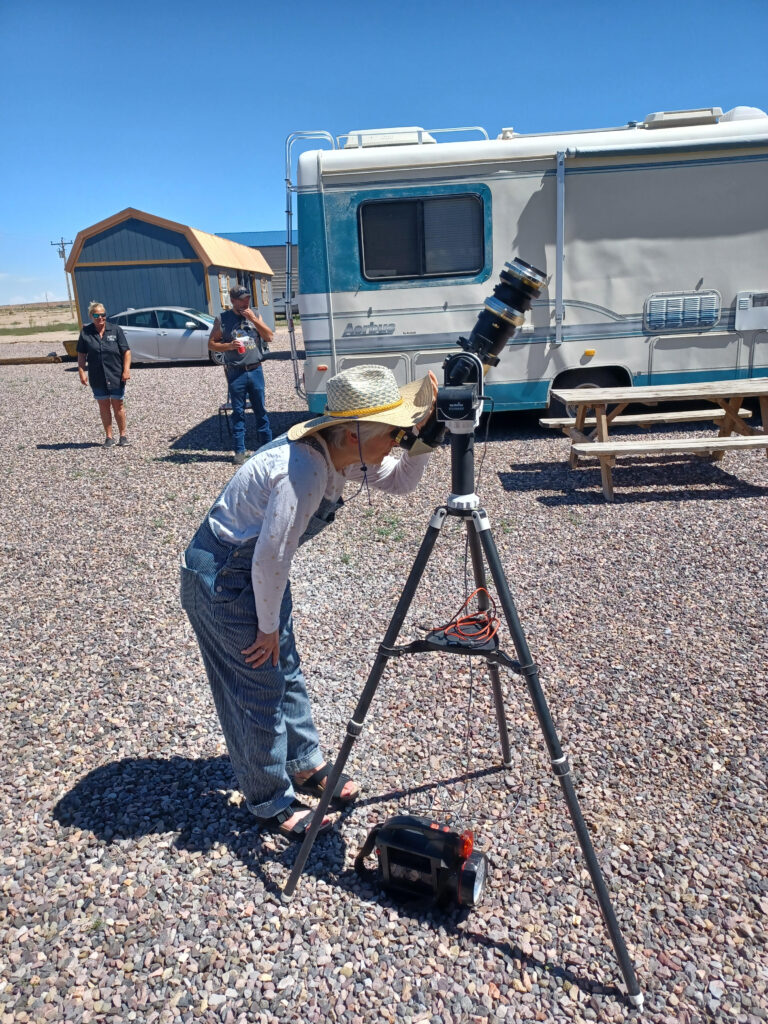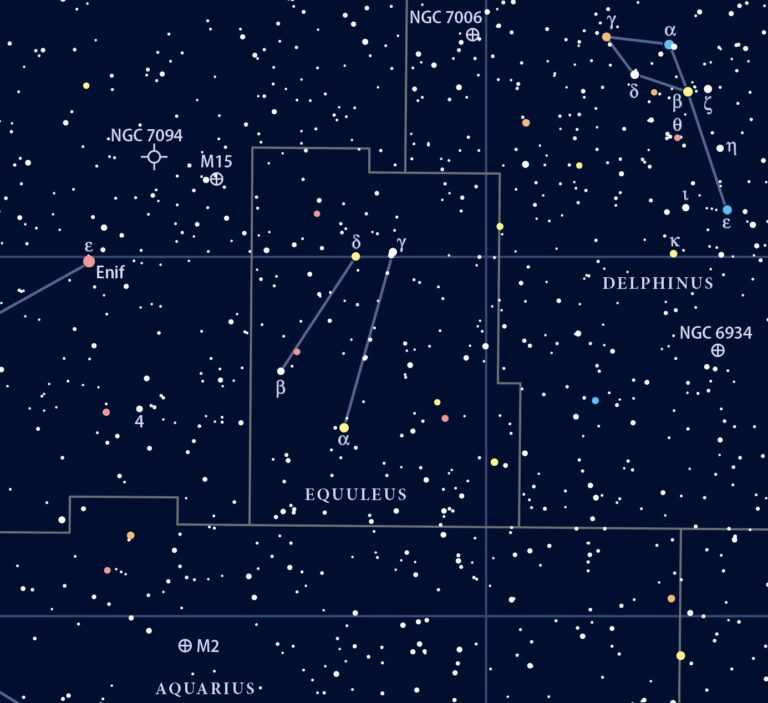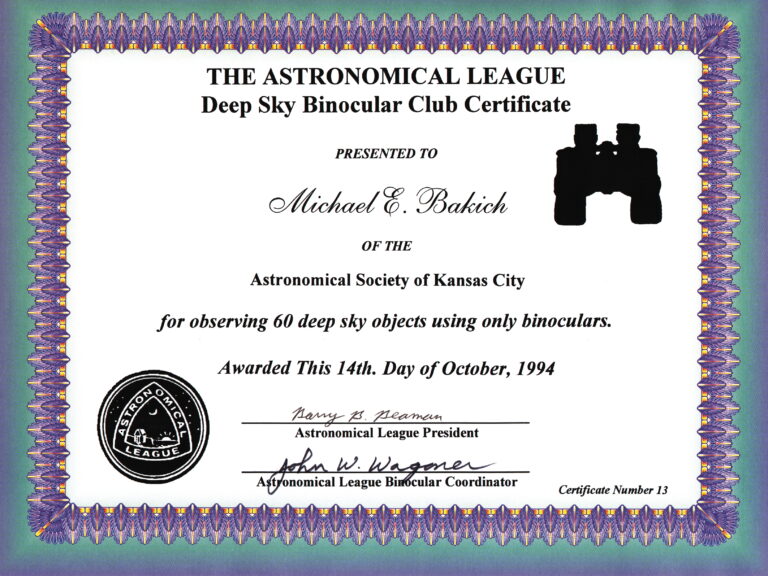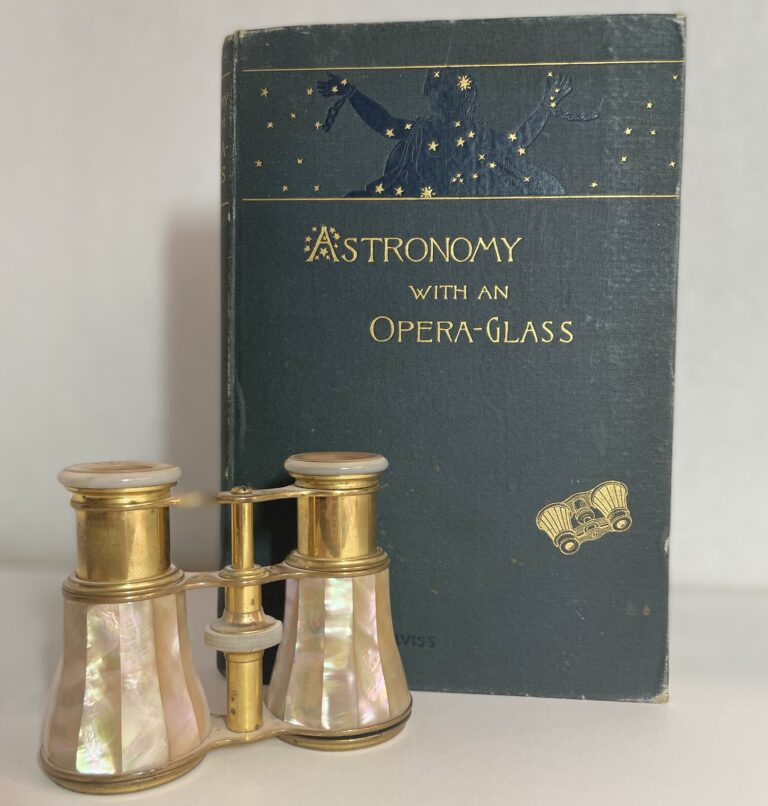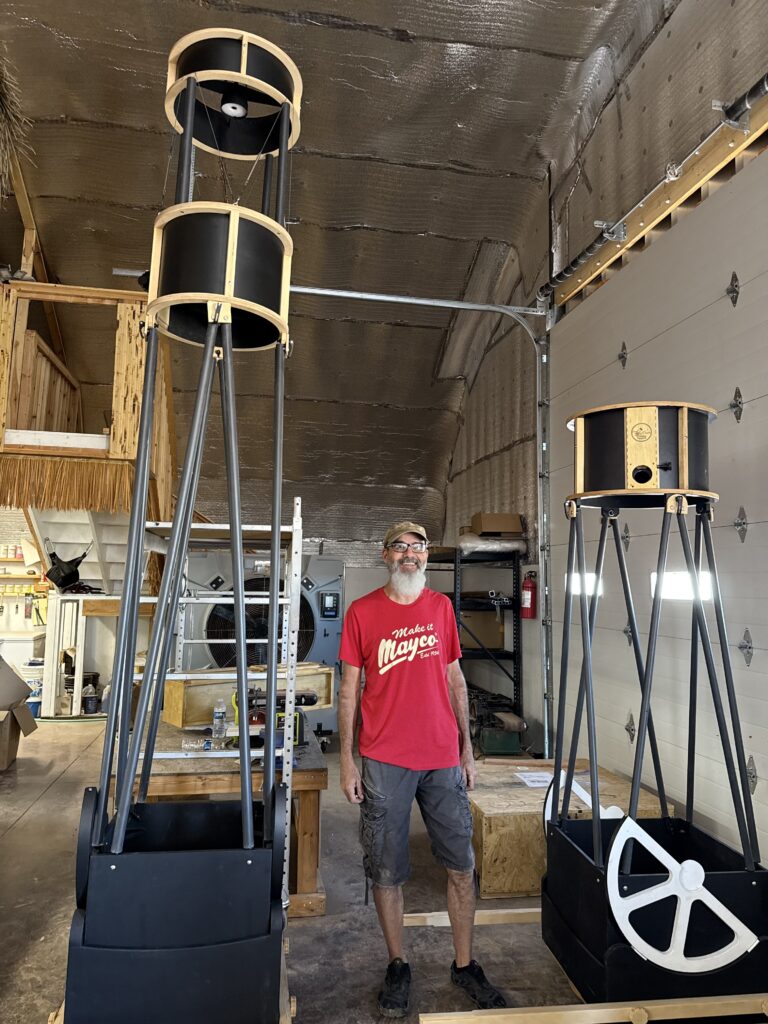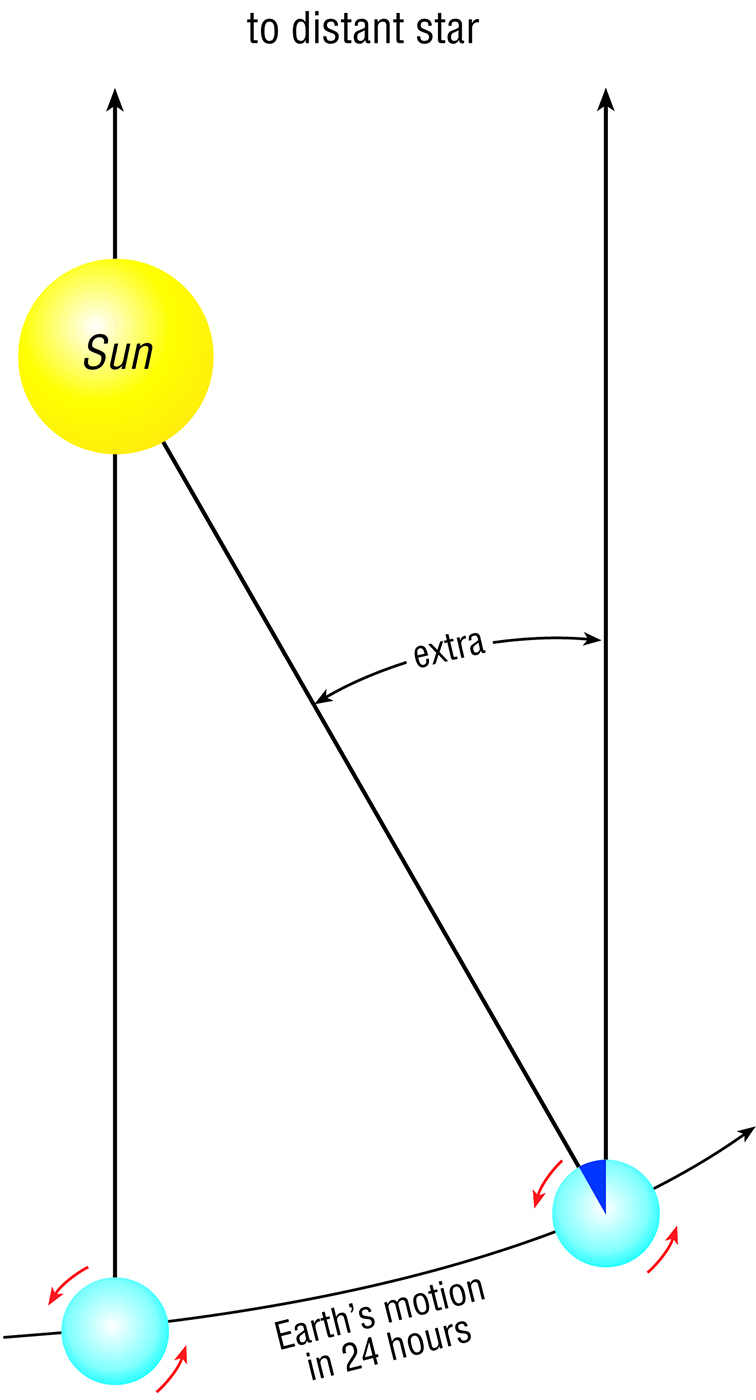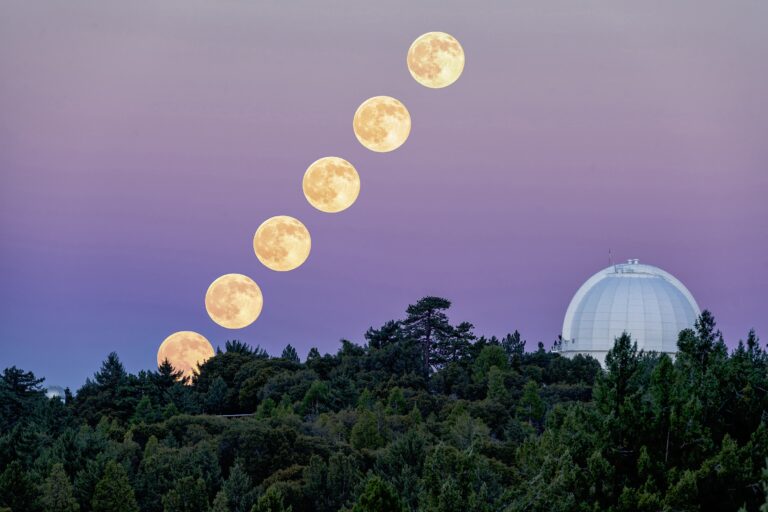Key Takeaways:
If you honed the skills I described in last month’s column, you have a general idea of what’s up in the evening winter sky. But by now, you’re dying to explore the heavens above with a telescope. And I won’t hold you back. In fact, you’re going to use two telescopes! But not quite how you think: I’m talking about using a “dual wide-field refractor,” more commonly known as binoculars.
“Wait a minute,” you say. “Why not a real telescope? One that magnifies a gazillion times so I can really explore outer space?”
I’ll admit, that was my attitude when I first got interested in amateur astronomy; I bypassed binoculars in favor of a telescope. However, I soon discovered that not all celestial objects require great magnifications to enjoy. In fact, such power can sometimes be detrimental. Case in point: Large star clusters like the Pleiades and Hyades were too expansive to fit inside the limited eyepiece field of my scope. I needed optics capable of bridging the gap between unaided eye and telescope. This is why I purchased a pair of 7×50 binoculars. (The first number is the magnifying power, while the second number is the diameter of the objective lenses in millimeters.) In doing so, I opened a whole new window to the universe.
If you’re in the market for binoculars, here are the basics. Each barrel is a low-power, wide-field refracting telescope with internal prisms that serve to undo the upside-down image produced by astronomical refractors. Binoculars come in two main designs: roof prism and Porro prism. The latter option is preferred for astronomy, partly because it allows more light to reach the eyes. Fully coated optics and prisms made of BaK4 (barium crown) glass also enhance the view.
Of the many sizes available, 7×50 binoculars are generally the go-to for astronomical observing. Binoculars with only a center focus don’t take into consideration the different visual capabilities of each eye. However, binos that combine center focus (both barrels simultaneously) with the ability to make so-called diopter adjustments (each barrel individually) allow you to tailor the focus finely to each eye.
So, are you ready to put your two pocket telescopes to work? If it’s clear tonight, grab a pair of binoculars and head outside. As you did last month, bring along a red-filtered flashlight and this copy of Astronomy, turned to the Star Dome map on page 34. If your horizon is open to the west and southwest, you can still catch a glimpse of the constellations we explored last month. Begin with Orion’s Belt and Sword, an area alive with stars. That fuzzy patch within the Sword is the Orion Nebula (M42), and binoculars help bring out its beauty. Next, catch the Pleiades above the western horizon before moving on to the Hyades, the V-shaped cluster that forms the head of Taurus the Bull. The Hyades overcrowds the tight field of a telescope, but it comfortably fits inside a wide, low-power binocular field. Also seek out the Beehive Cluster (M44) in Cancer the Crab, then sweep the area from the foot of Gemini the Twins through the middle of Auriga the Charioteer to see if you can spot the four fuzzy forms of open clusters M35, M36, M37, and M38.
For a real challenge, aim your binos at Gamma (γ) Ursae Majoris in the bowl of the Big Dipper. Move diagonally across the bowl to Alpha (α) and continue an equal distance beyond. If skies are dark enough, you should stumble across two small hazy patches — one round, one elongated. These are galaxies M81 and M82, located some 12 million light-years away. See, you don’t need a gazillion-power telescope to explore the distant cosmos!
Want more? Two Astronomy columnists have penned guidebooks for the binocular user. Stephen James O’Meara is the author of Observing the Night Sky With Binoculars (Cambridge University Press, 2008) and Phil Harrington wrote Touring the Universe Through Binoculars (Wiley, 1990). Harrington also puts together the Binocular Universe column in each issue of Astronomy. As he often advises, remember that two eyes are better than one.
>
Questions, comments, or suggestions? Email me at gchaple@hotmail.com. Next month: choosing your ideal first telescope. Clear skies!



